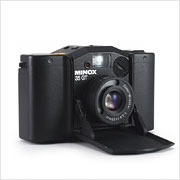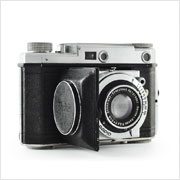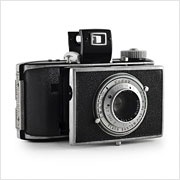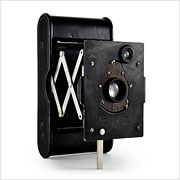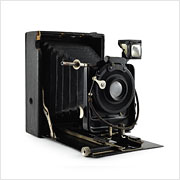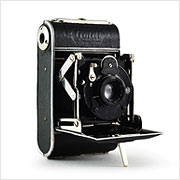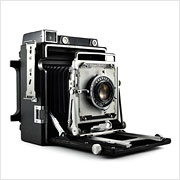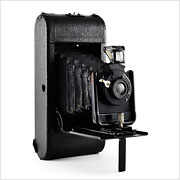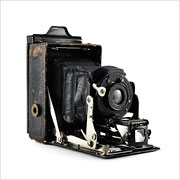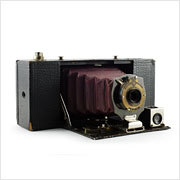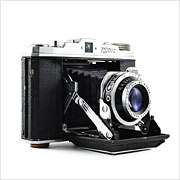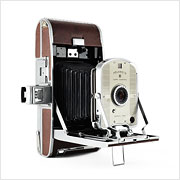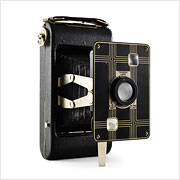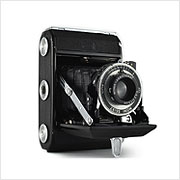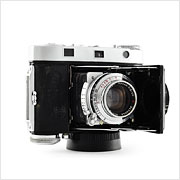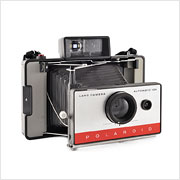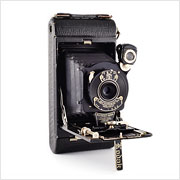Minox 35 GT
The Minox 35 GT is a compact viewfinder camera introduced in 1981 as the third variant of the Minox 35 EL which is arguably the smallest full-frame 35mm camera ever made (other contenders include the Rollei 35, Olympus XA, and Minolta TC-1). With the exception of the Minox 35 ML and MB (which had a more rectangular body) as well as the 35 PE (which had a built-in flash on the side), the Minox 35 GT and its siblings are virtually identical with the only real differences between them being internal. In one form or another, the Minox 35 was manufactured from 1974 to 2004, giving it an impressive 30 year production run.

